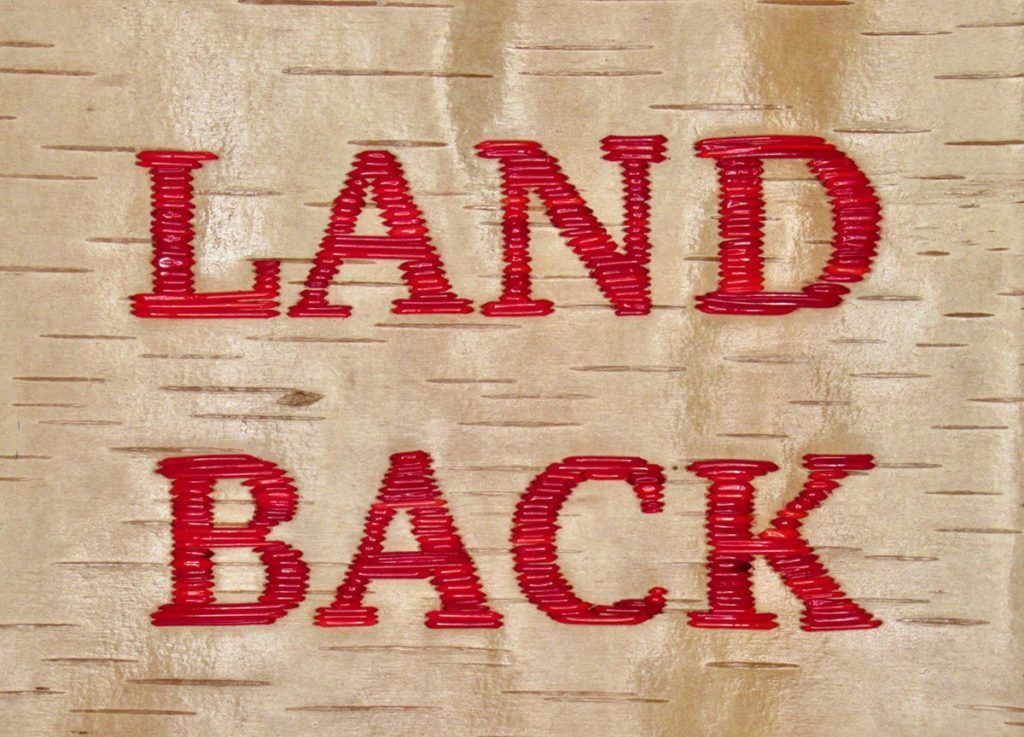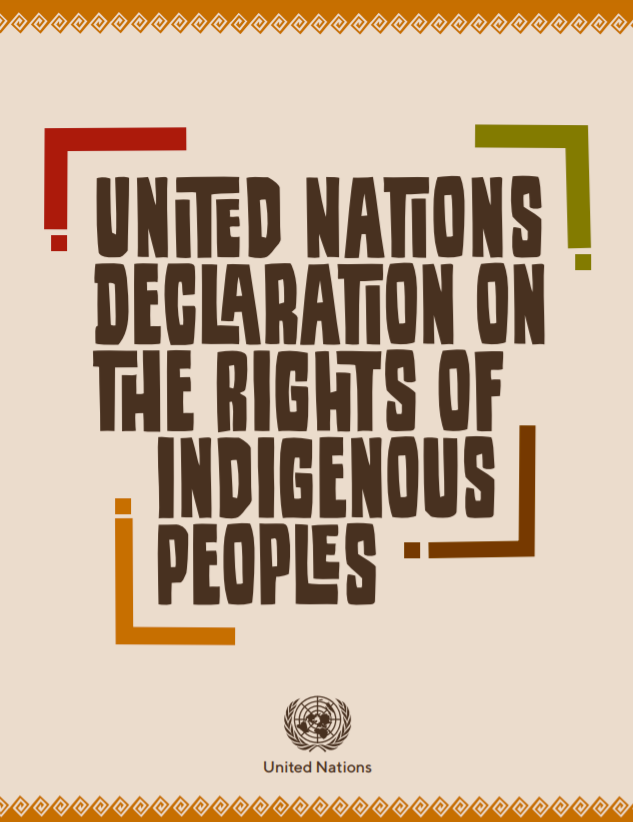Land Sovereignty Now
Welcome back. In the last post, I talked about residential schools, the harm they caused, and how the Truth and Reconciliation Commission sought to address and heal that trauma. If you’re just jumping into the conversation now I encourage you to read that and other previous posts. Though all the subjects I’ve covered in this blog are distinct, they’re all deeply interrelated.
So, what is land sovereignty? You’ve probably heard of Indigenous land rights protests on the news. #IdleNoMore #NoDAPL #1492LandBackLane. Sound familiar?
Maybe on your way home you were stopped by a blockade related to a protest and felt inconvenienced or confused. I get it. As a kid, my parents took me along to some peaceful protests about land rights and as a teen, I was a part of blockades. It took me a long time to get a fuller understanding of land sovereignty and I am still learning. I think reading about the point of view of the protestors helped me understand the themes of these protests. Even though protests about land happen in different areas, involve different Indigenous nations, and centre around seemingly different disputes, they are actually related to the central issue of Indigenous land sovereignty.
The next time you are held up by a blockade don’t just come away from it feeling pissed off. Take a moment to actually look into the reason that blockade happened…Don’t just continue to stand by while land continues to be colonized and as a result harms Indigenous peoples.
As I’ve previously discussed, Indigenous peoples have been here in North America living on this land for thousands of years. Over these many, many years, separate nations emerged who had their own territories and relationships to the land.
I think it’s important to remember that having territories didn’t mean that these nations believed they “owned” the land and that ownership could only be passed down through family or if purchased. Rather, the territory was the area that particular nations lived on, got resources from, and were responsible for. It was important to Indigenous nations to care for the land because it sustained them and they wanted to make sure it would also sustain future generations. It wasn’t until Europeans arrived that purchasing and owning land became introduced to the continent.
Read: What is Land Back? A Settler FAQ
Settlers have a lot of questions about the Land Back movement: What does it mean? Who will the land be given back to? How will it be governed? Will settlers be forced to leave the continent?
Brooks Arcand-Paul and Nickita Longman help clear up some of the frequently asked questions about the Land Back movement in this article in Briar Patch Magazine.
Land sovereignty as a movement is rooted in resisting colonizers trying to take land away from Indigenous people. Land sovereignty is about Indigenous peoples’ inherent right to govern their lands, not just reserve land but their traditional territorial lands. That means all of Canada and some of the United States (whose border didn’t take Indigenous territory into account). Indigenous peoples are the traditional caregivers of this land and should have the right to govern how the land is used.
As we know, this right hasn’t been respected. Starting in the 1700s, Indigenous nations were sequestered into tiny reserve lands as the Crown continued to “purchase” Indigenous land. Today Canada’s reserve lands only make up 0.2% of Canada’s overall landmass. Even on these reserve lands, the nations that occupy them don’t always have full control over how they are used. Additionally, a nation’s traditional territory is never fully encompassed within their reserve and they don’t have control over those lands not included. This becomes an issue when the Canadian government or private companies seek to use this land without consulting Indigenous peoples and reaching an agreement.
Is Canada Built on Genocide?
Built on Genocide is a large-scale installation by multidisciplinary Indigenous artist Jay Soule | CHIPPEWAR , reflecting the historical events and colonial policies throughout Canada’s history that have deliberately undermined and destroyed Indigenous livelihoods.
Visit Built on Genocide at Harbourfront Centre September 22 – October 24, 2021.
These government and private projects often involve resource extraction that can cause harm to the environment, impacting those living on the reserves nearby and the land that they rely on. In 2007 the United Nations published the Declaration of the Rights of Indigenous People
(UNDRIP) that we have referenced before, it outlines that the governments need to “consult and cooperate in good faith with the indigenous peoples concerned … in order to obtain their free and informed consent prior to the approval of any project affecting their lands or territories and other resources”. In an attempt to follow these guidelines, the government or private corporations will consult and get consent from Indigenous peoples. However, there are often times where not everyone involved has been consulted and given their consent. This is why protests begin.
Many recent protests have taken to using the slogan “Land Back,” in order to efficiently communicate their demands. You may be unsure what it means though. There are varying degrees as to what people intend when they demand land back, fundamentally though the movement is about Indigenous people having jurisdiction over Indigenous land. This would allow for fully informed consent and the ability to put Indigenous land practices into action. If taken to its full extent then, this would mean that Crown land would be returned to Indigenous nations and that any decision regarding Canada’s land would be governed by Indigenous people. Current land back movements are mainly centered around specific violations of local Indigenous sovereignty like Wet’suwet’en, 1492 Land Back Lane and more.
Watch: The Legacy of Idle No More
Idle No More, it would be called, was a leaderless groundswell of opposition that some say had been simmering for a while when it finally came to a boil.
In a sweeping, two-part documentary, producers, directors Tim Fontaine and Rick Harp look back on the movement; what triggered it, how it grew through social media, how it galvanized unrest, what effect it had on non-Indigenous onlookers and mainstream media, and what its legacy will be.
Though some efforts have been made, Canada hasn’t fully adopted the policy of “free, prior and informed consent” as outlined in UNDRIP. The Canadian government and private companies are finding ways to gain partial consent and, not surprisingly, those excluded from the agreement are fighting back. Indigenous people are having to find their own alternatives by using the colonial justice system to their advantage, “beating them at their own game” in a way. The Yellowhead Institute has organized these various alternative strategies into three categories: Environmental Assessment and Monitoring, Consent Protocols and Permitting, and Re-Occupying. Indigenous people have found power in using the colonial systems like published studies and legal agreements to their advantage.
Listen to Canada is Illegal with Karla Tait and Anne Spice on the Red Nation Podcast
So what can you do to help?
The next time you are held up by a blockade don’t just come away from it feeling pissed off. Take a moment to actually look into the reason that blockade happened. If you have the means, send funds to support any land disputes currently unfolding. If not, spread awareness. Bring it up to friends and family so they too understand that it’s not “just another one of those protests”. Explain Indigenous land rights and their right to consent over their land. Join in on protests if you can. Learn about past land disputes, why they happened, the end results, and the lasting effects. Support legislation on Indigenous land sovereignty. Don’t just continue to stand by while land continues to be colonized and as a result harms Indigenous peoples. Canada’s Indigenous population should be able to make decisions involving what is rightfully theirs.
In my next post, I’ll be discussing water protection , which is of course closely related to land sovereignty, although with a different history and with different strategies. You may have heard of the Water is Life movement and of Water Walkers? Read on to learn more.
Read the next post: Don’t Drink the Water: Boil-Water Advisories and Sovereignty
About the Author
Mnawaate Gordon-Corbiere is Grouse clan and a member of M’Chigeeng First Nation. She is Ojibwe and Cree. Born in Toronto and raised in M’Chigeeng, in 2019 she obtained her BA in History and English from the University of Toronto.
Since graduation, she has been working in the heritage sector with a focus on Indigenous history. Her most recent project was working as a co-editor for the historical anthology Indigenous Toronto: Stories that Carry This Place released in spring 2021.
About Built on Genocide
Built on Genocide is a large-scale installation by multidisciplinary artist Jay Soule | CHIPPEWAR, reflecting the events and policies throughout Canada’s history that have deliberately undermined and destroyed Indigenous livelihoods.
The work is influenced by the mass genocide of the buffalo as a result of the colonial railway expansion. The buffalo decimation is an underacknowledged but foundational aspect of “Canadian” history, with consequences that persist today. Built on Genocide will address the direct correlation between the genocide of the buffalo and the genocide of Indigenous peoples in Canada.
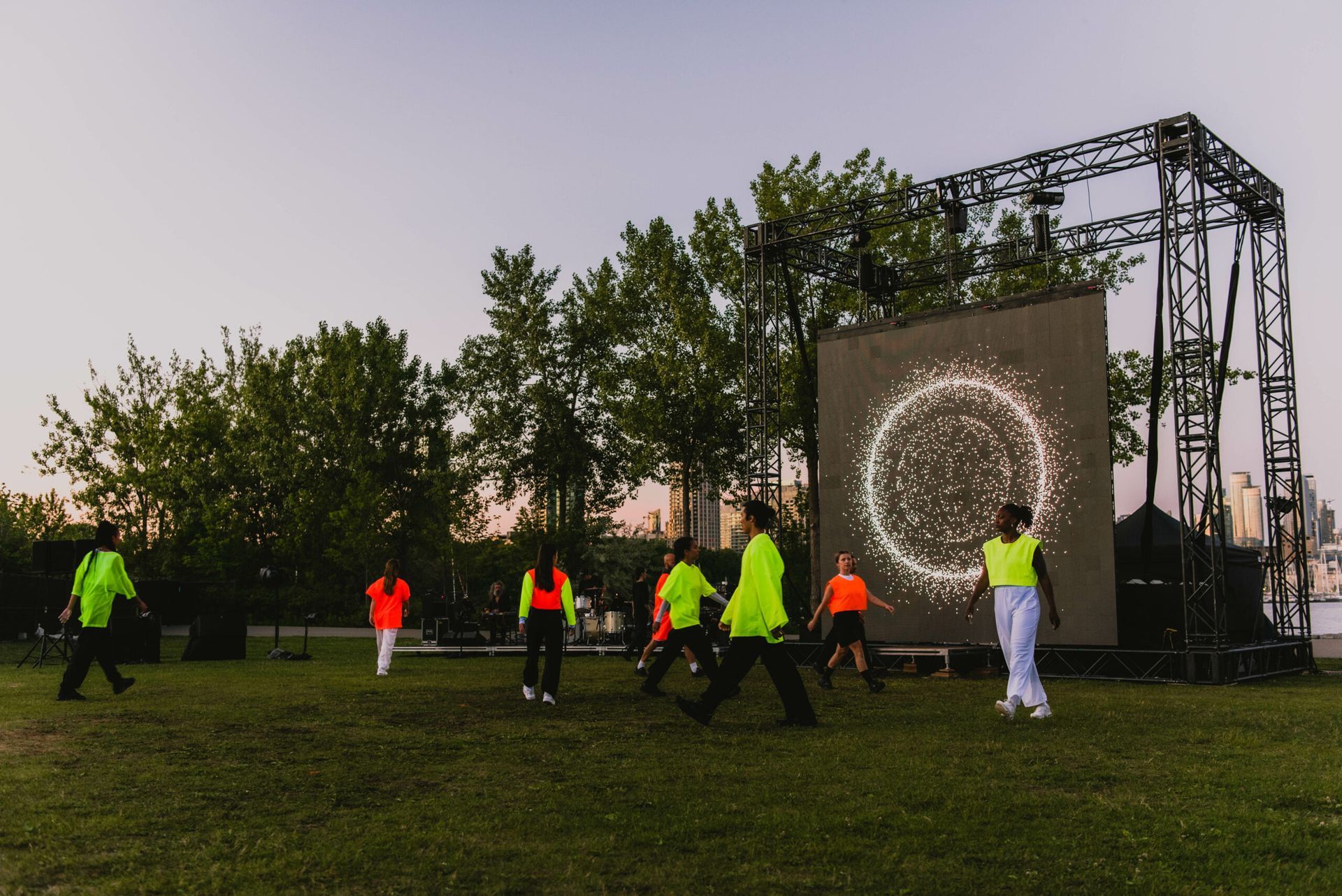
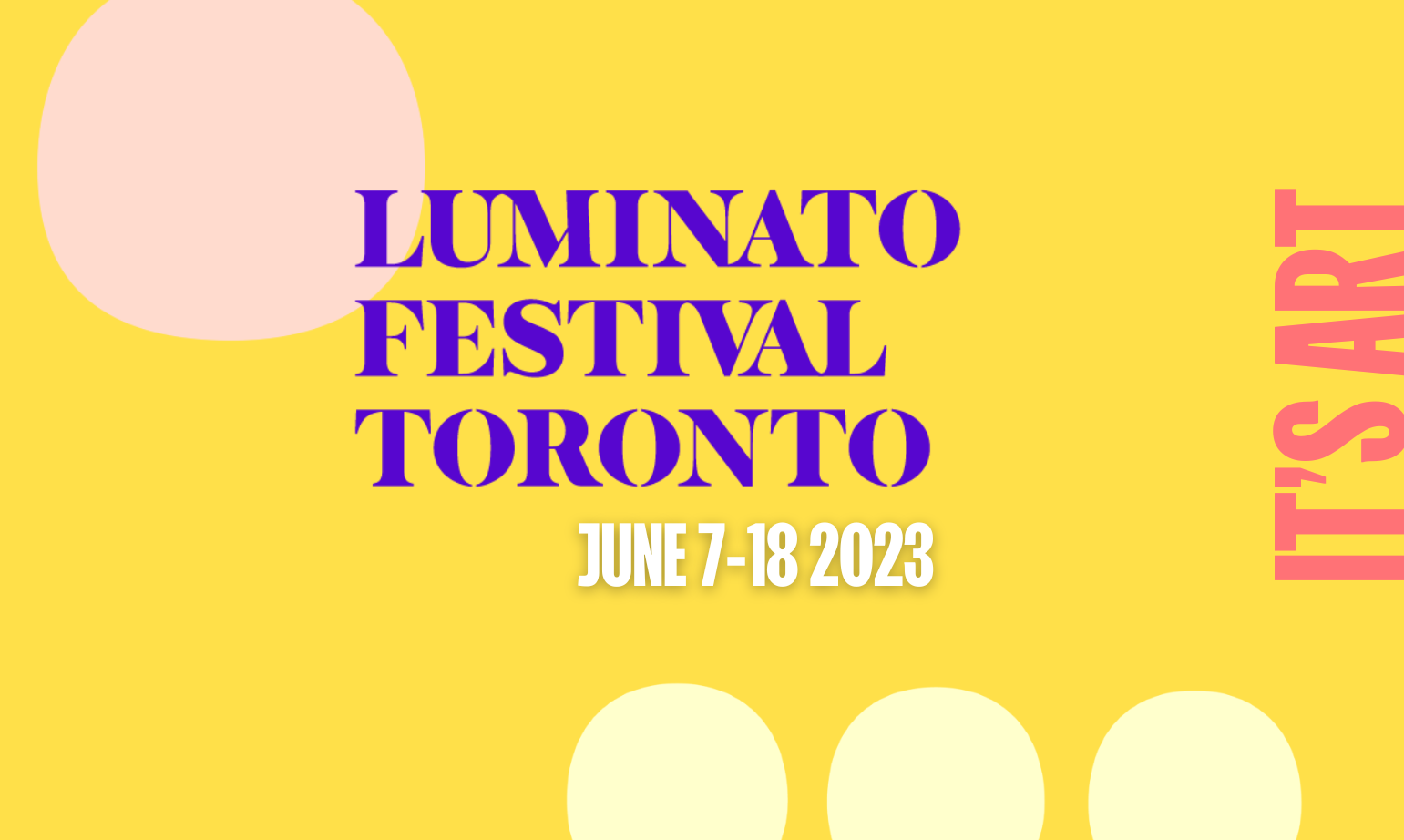
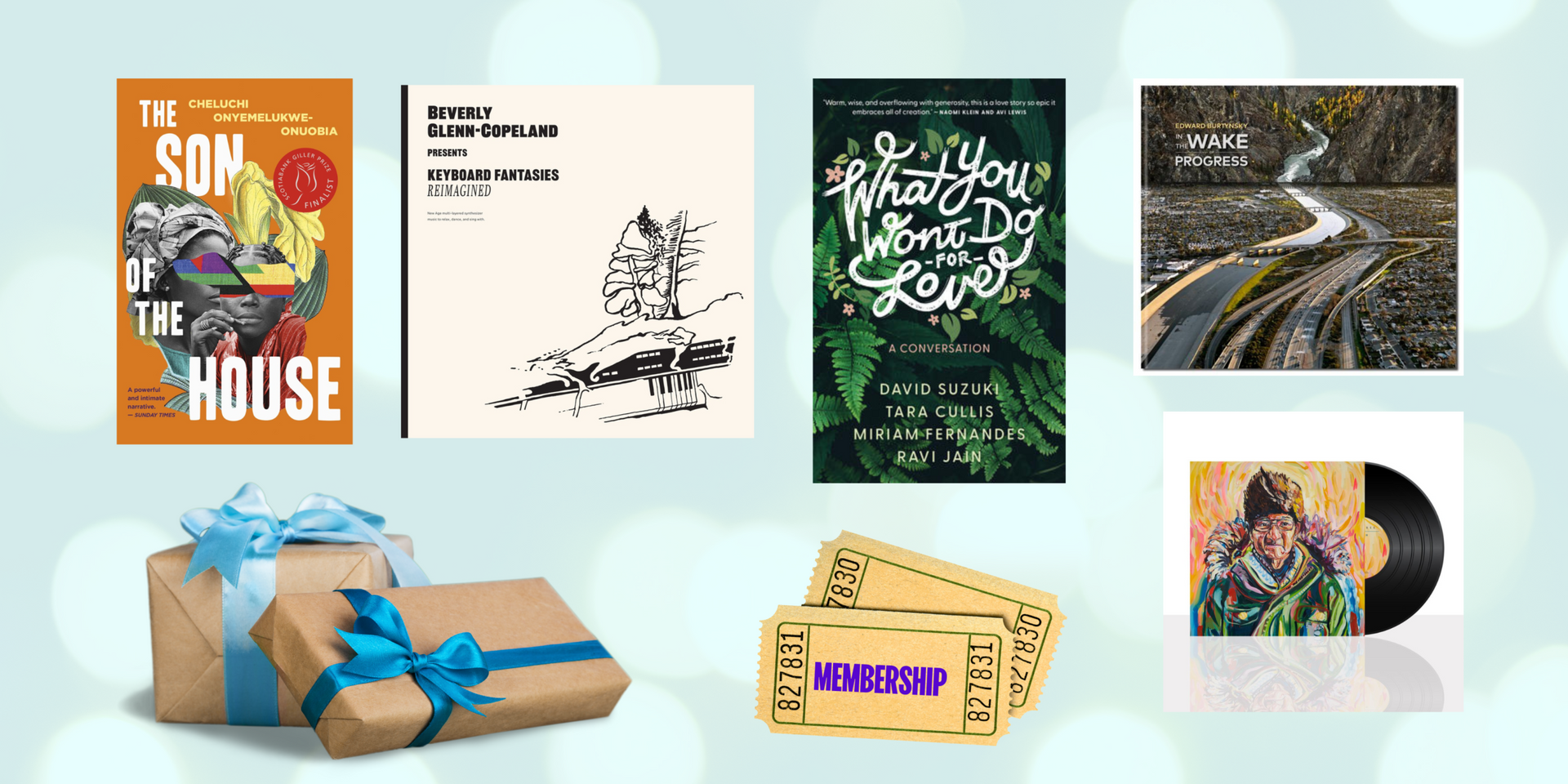
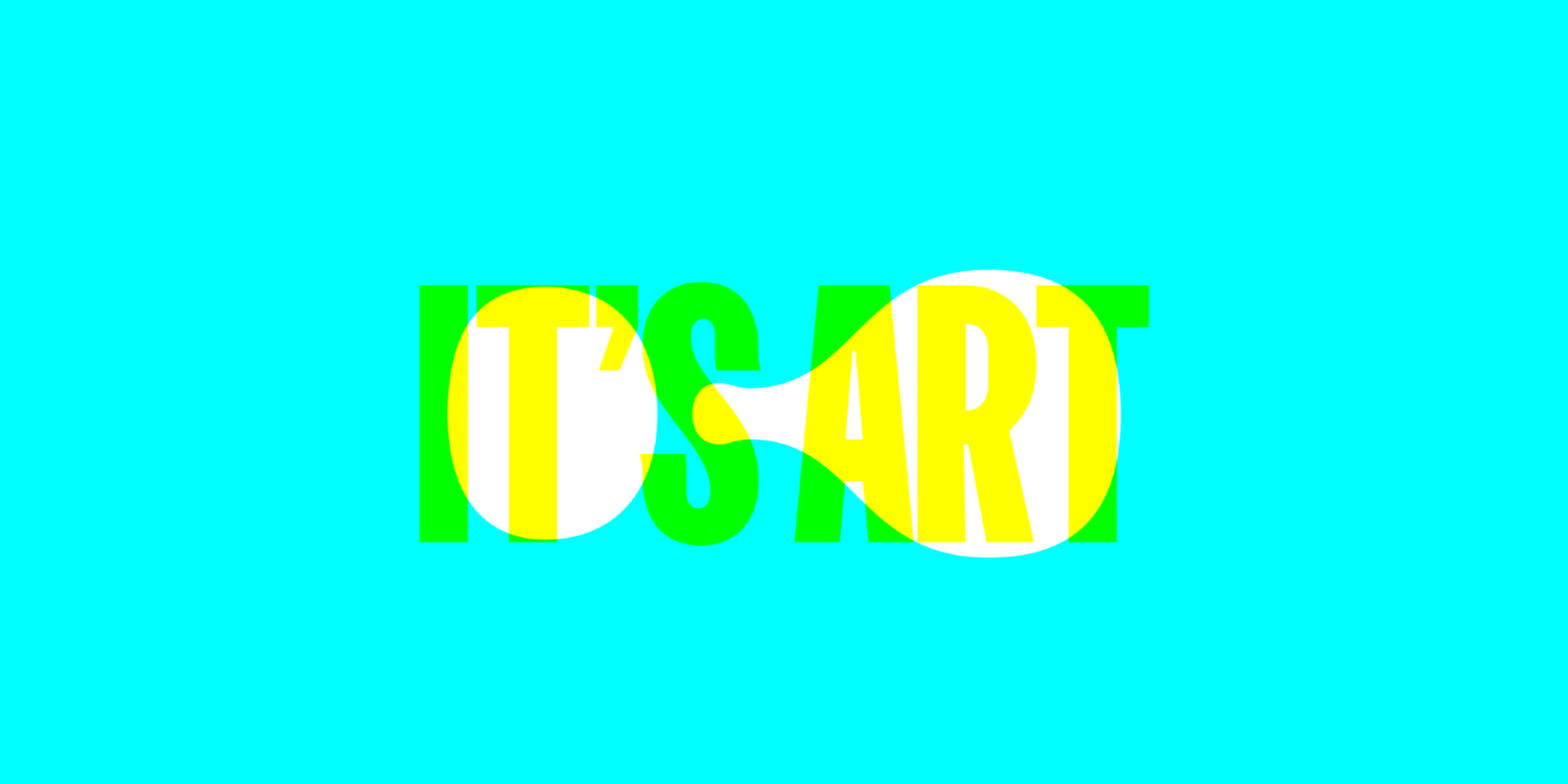
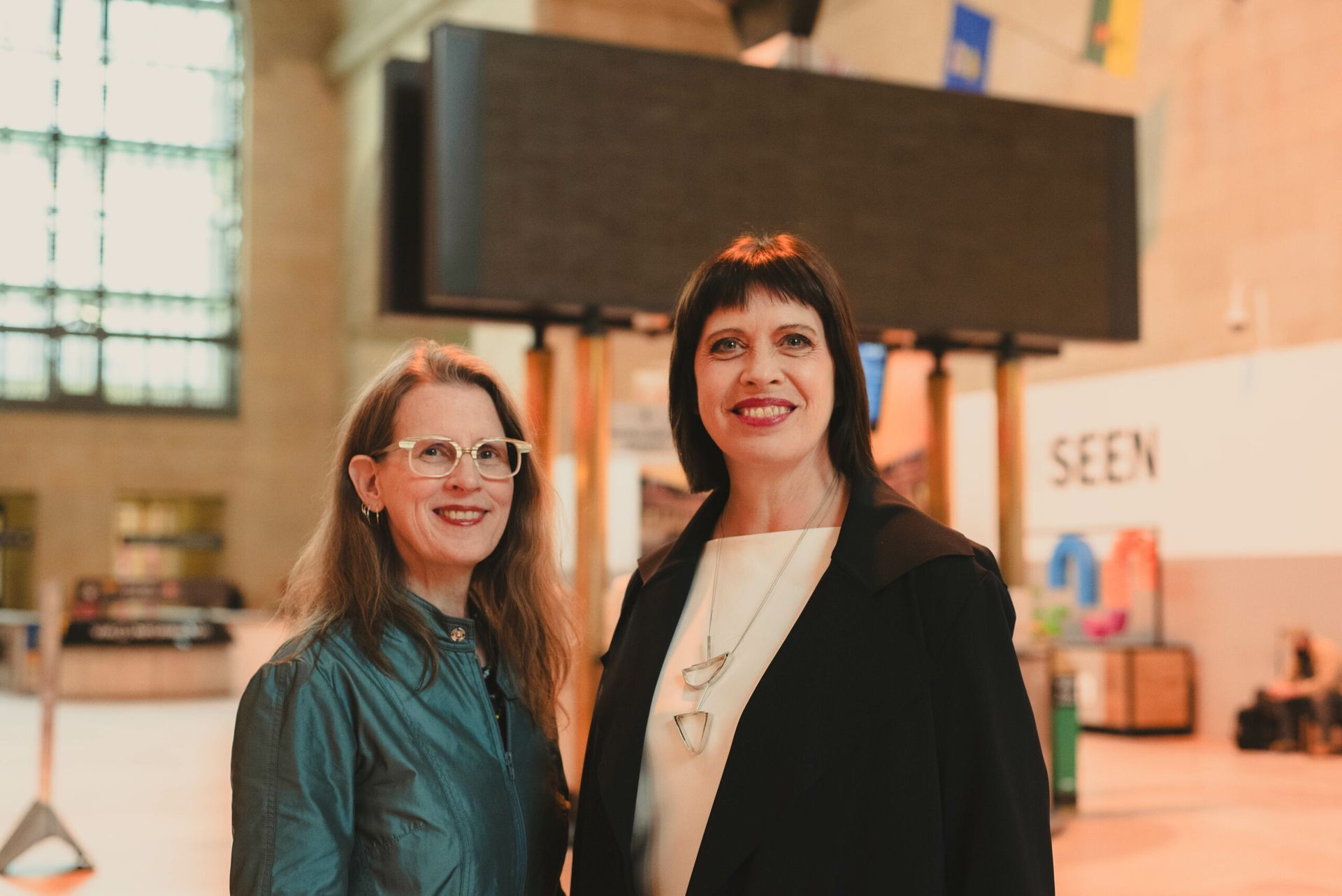
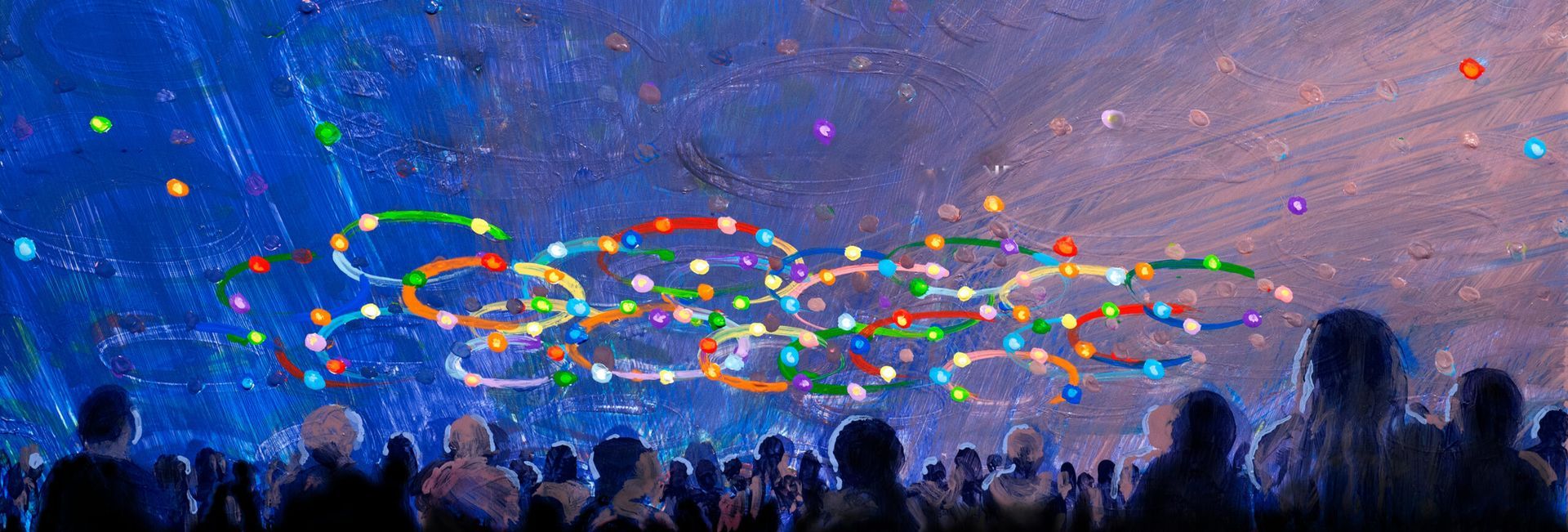
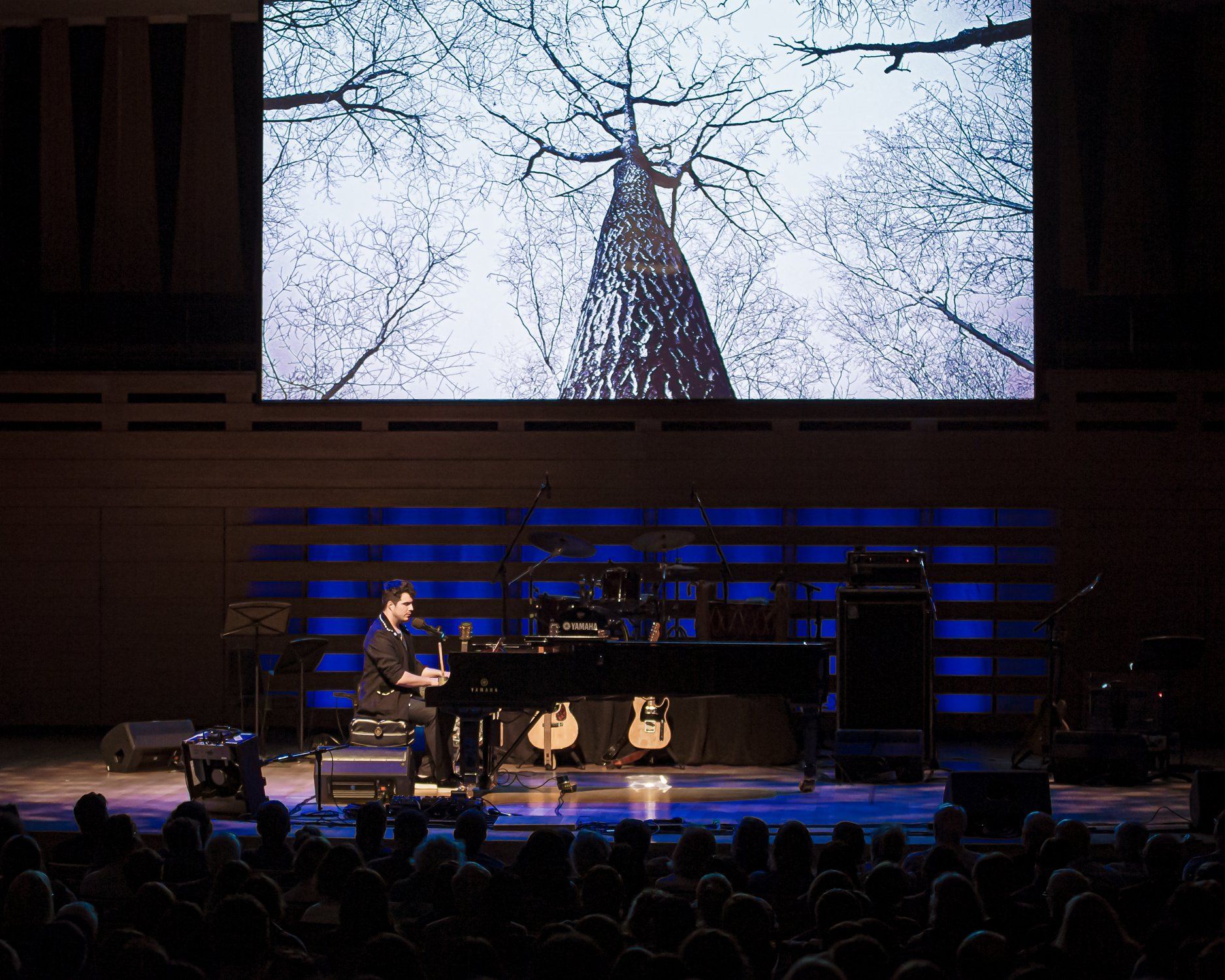
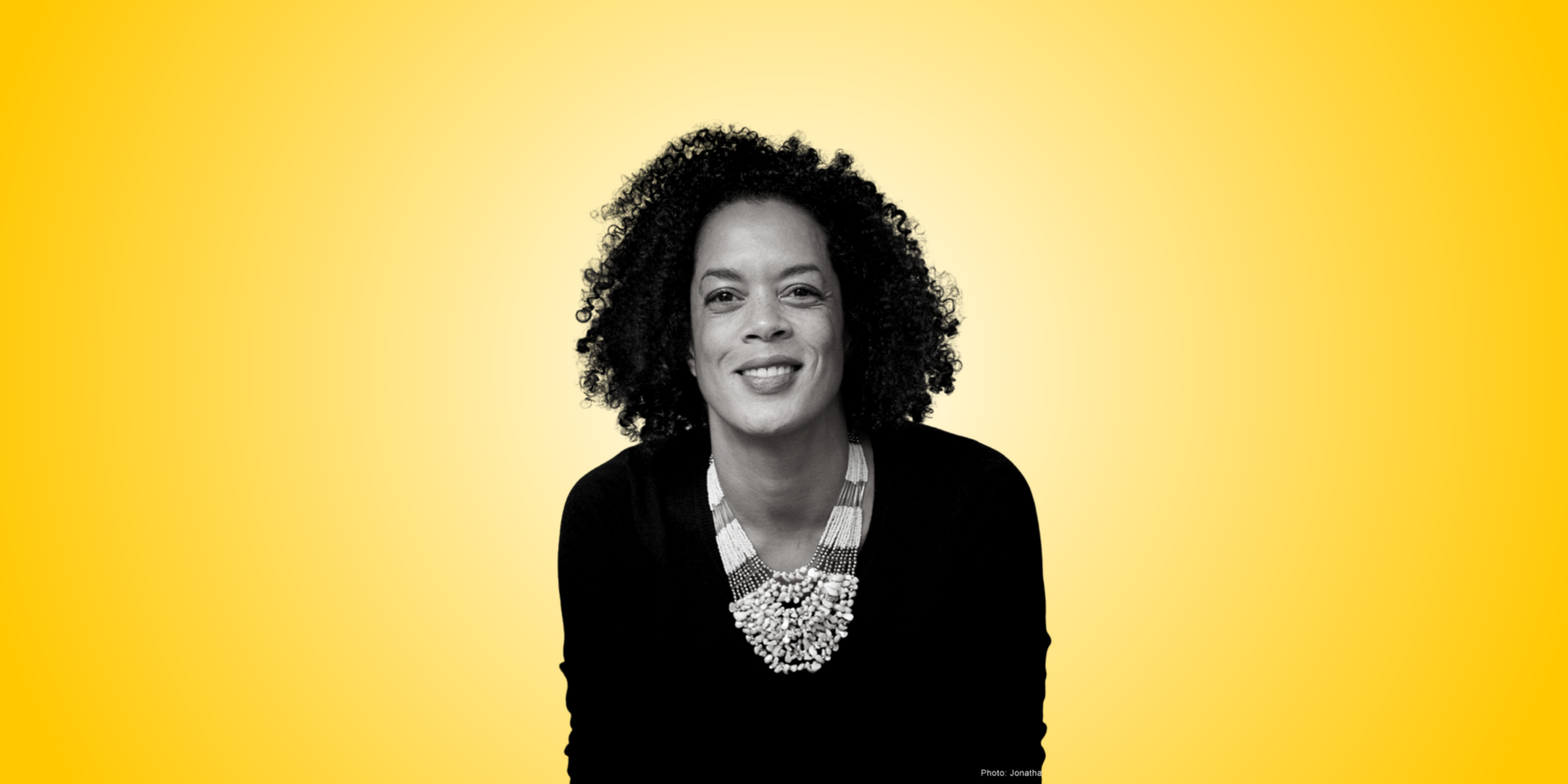

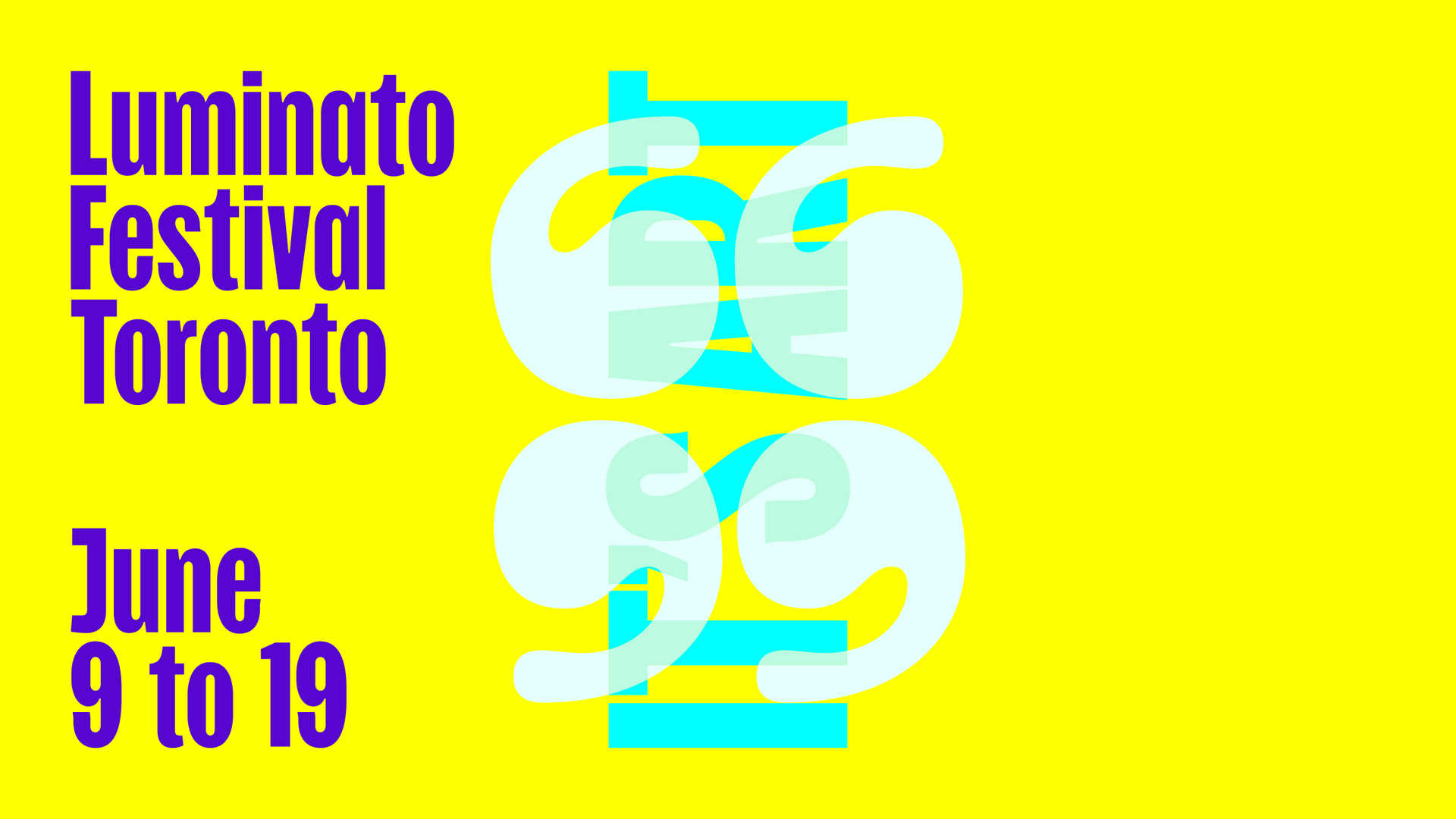
© 2025 Luminato Festival Toronto, All rights reserved.
Privacy Policy
|
Terms and Conditions
